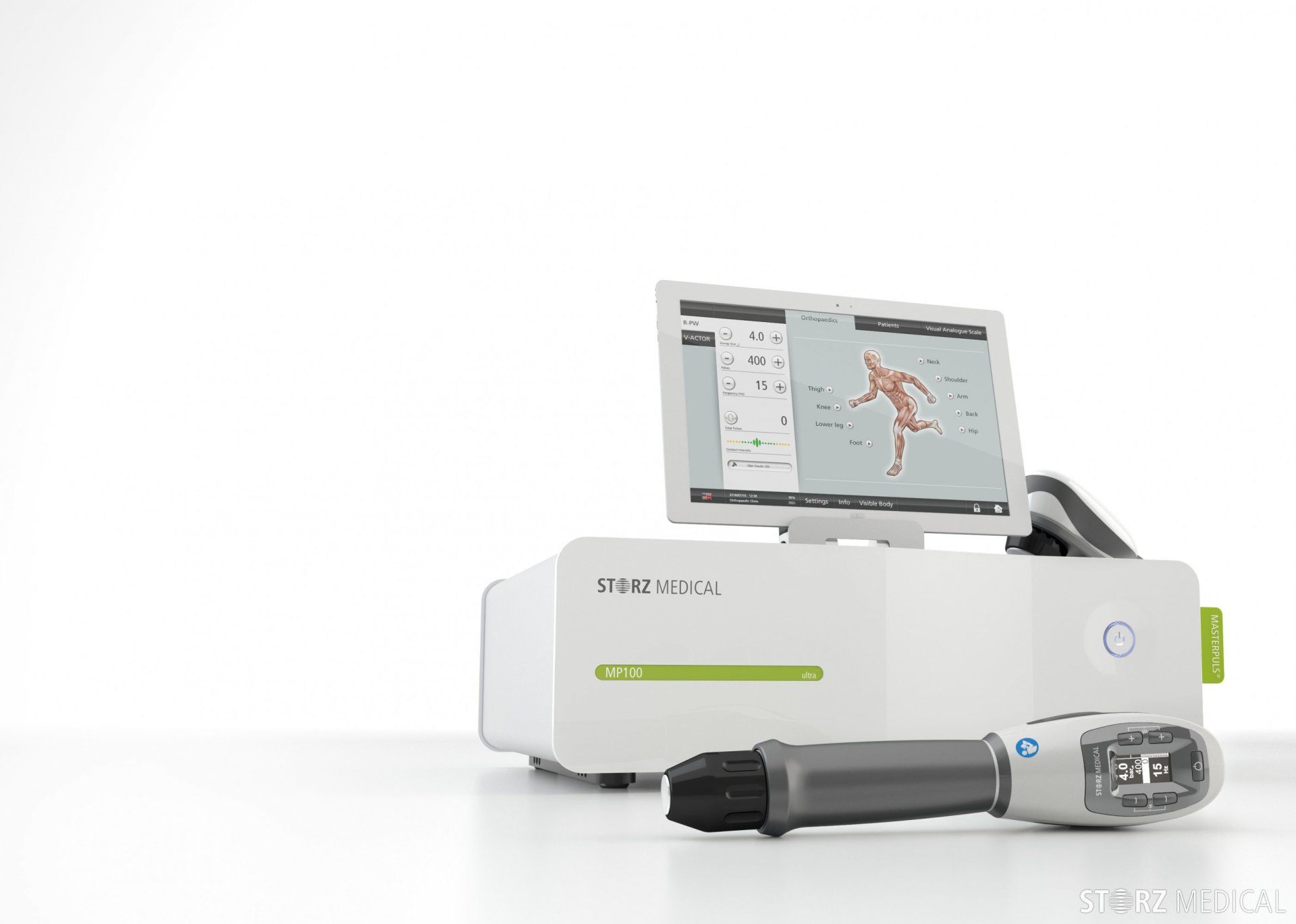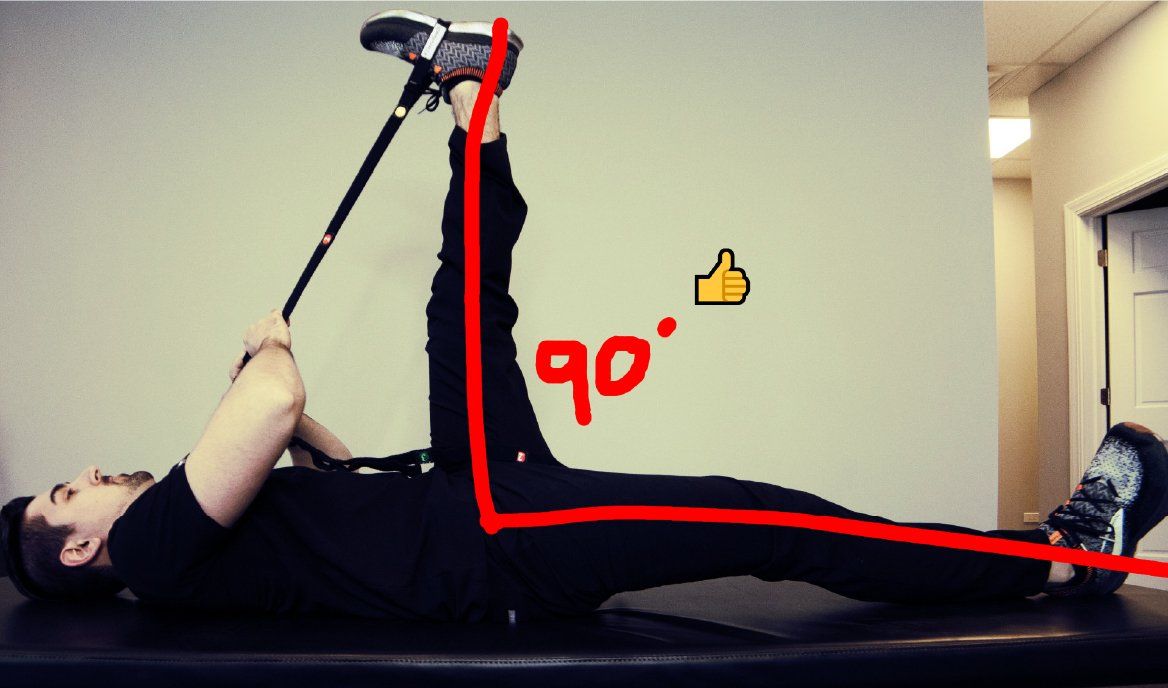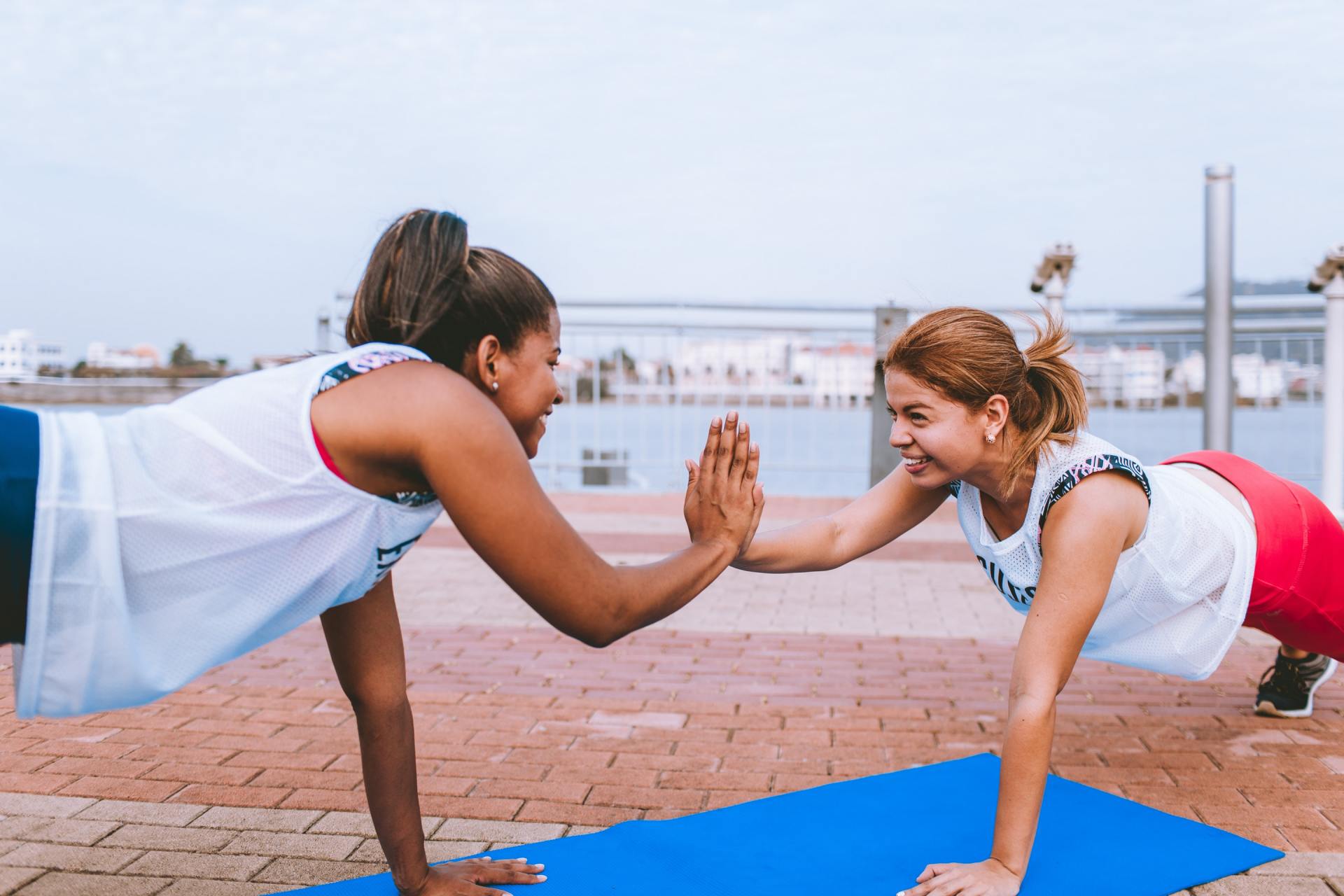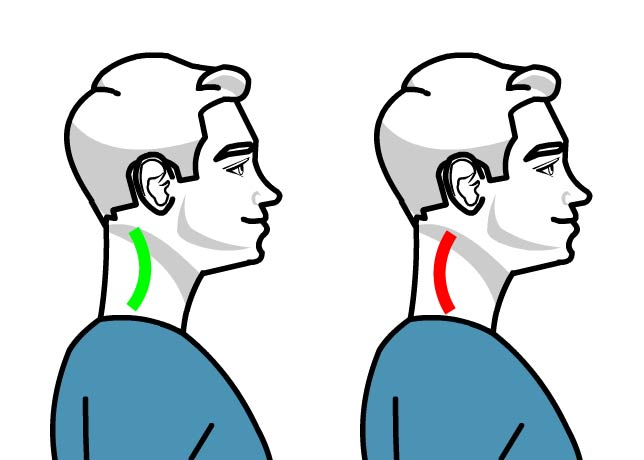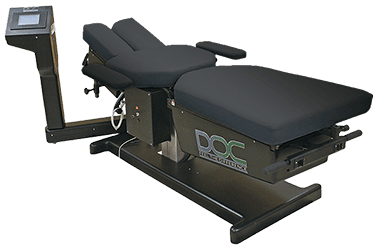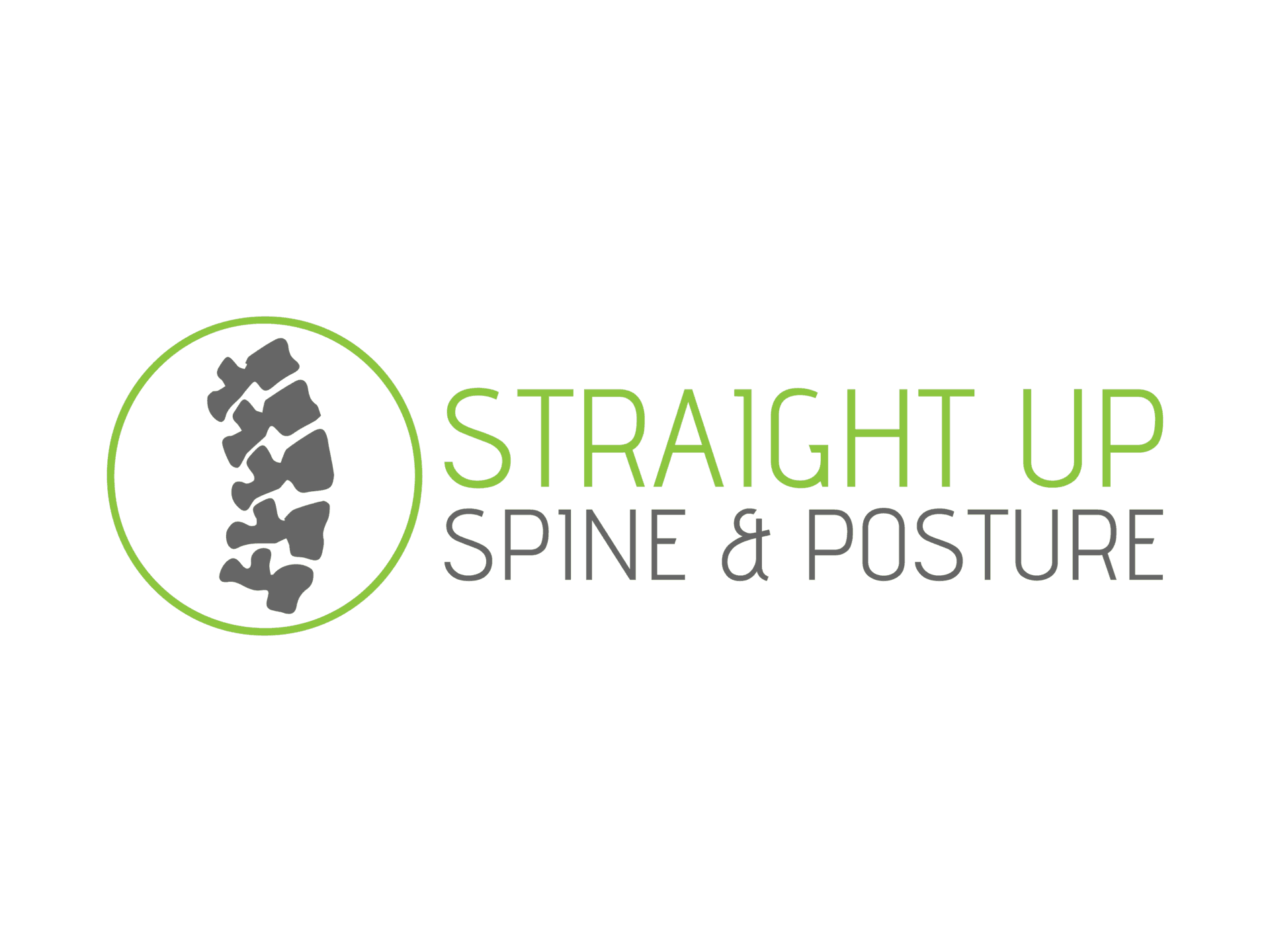
The Only 3 Core Exercises That Matter For Back Pain
Most people have no idea what they're doing with the core. Don't waste time with unproductive and potentially harmful exercises. Use these three tried and tested exercises to maximize your core development and avoid pain.
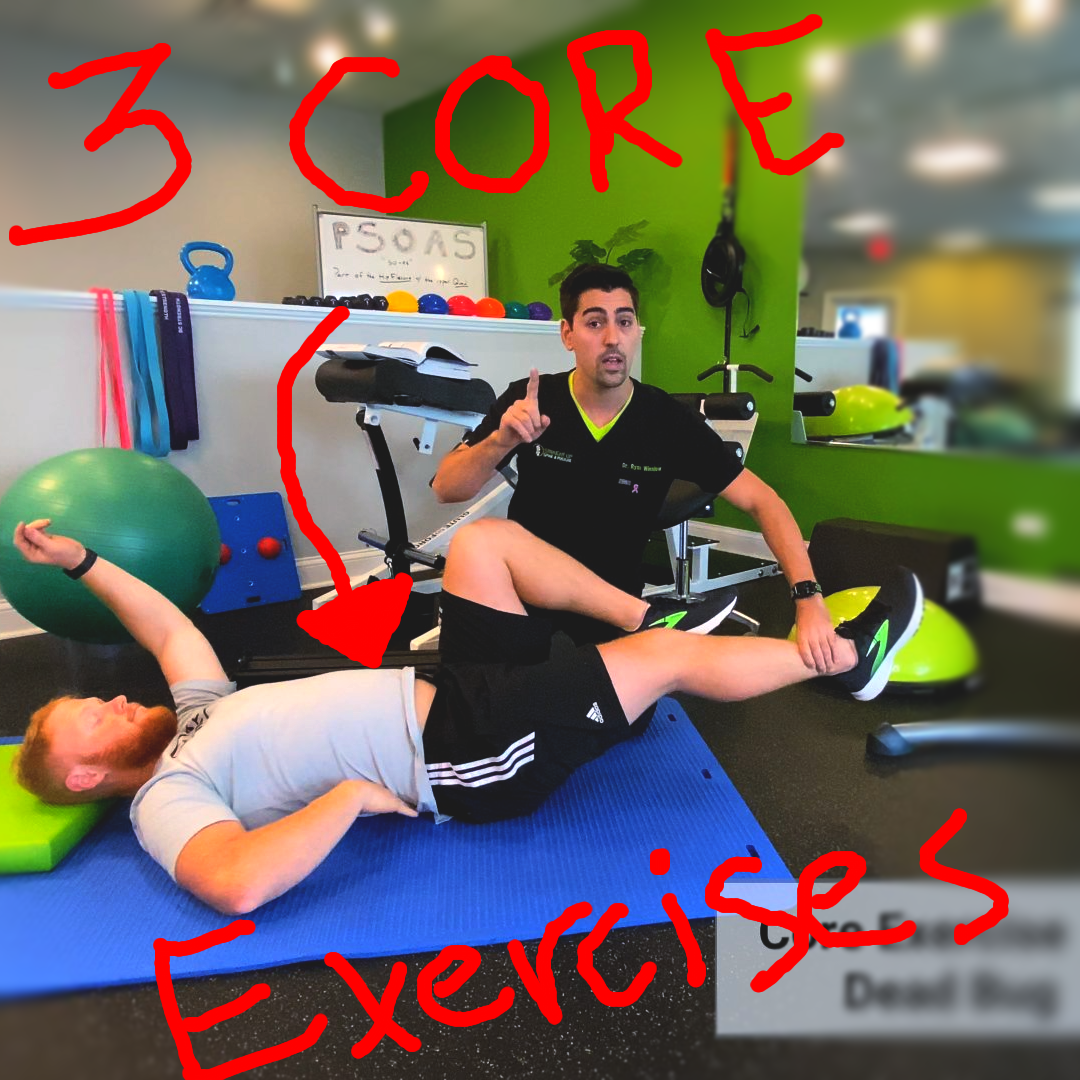
We've used 100+ core exercises in our clinic over the years. These are the top three.
The core can be very confusing. Most people only care about it because they've either heard that a strong core helps to reduce low back pain or that a strong core helps to increase athletic performance. A strong core can indeed play an important role in controlling back pain, but it isn't magic. We recommend focusing first and foremost on glute strength, then hamstring function, and then core strength. That's right, core strengthening is third on our priority list with low back pain patients or athletes. Make sure to check out our other articles about the hips (glutes/hamstrings) if you haven't read those first.
I've written this article to be digested in the way that you prefer. You can either skip down and just watch the videos if you'd like, or read the entire article if you want a more technical approach.
Ok, let's talk core-
Notice I haven't used the term abs yet? That's because they are only one of the muscle groups involved in the core. We train movements, not muscles. If you are training a muscle, you're probably trying to make it big and showy, and that is fine for arm muscles. However, if you have been training your abs to be big and showy, you obviously have no idea what you're doing. There is an age old adage about this:
Abs are made in the kitchen!
So please, if you take one message home from this post, let it be this: A sharp cut six pack doesn't mean anything except that you're skinny, and it doesn't mean that the core is working well. I am trying to present a trio of advanced exercises for the core that work extremely well together. You don't need a "core day". Your core is always working when you do an exercise, so doing difficult exercises will challenge and develop the core. These exercises are a great way to challenge the core in particular ways. They are diagnostic in nature, meaning that if you can't do them right, you can't do challenging exercises properly!
Let's get technical-
This is the part where you admit to yourself that you don't really care about the details. If you're bored, just go ahead and skip to the exercises below. Come back and read this later if you'd prefer. If you are interested in details, here they come:
There are many perspectives on the core, what it does, and where it belongs in pain and performance. A well-known example of a proponent of core strengthening is Dr. Stuart McGill. His book is on the shelf behind me, I've read it cover to cover. Stu's viewpoint is valid, but ultimately flawed. I believe his perspective is shared by the vast majority of pain and performance professionals. His view is that a strong core will repair/avoid future back injury by holding it stable during lifting. He cites a variety of excellent research that suggests that the core (abs in this care) have a higher resting contraction level in people with pain then without.
And it's true, the core will indeed hold the spine steady. But this misses the most important part of biomechanics in low back pain patients. The root cause of their injury isn't a failure of the core to maintain a stable spine, but a failure of the glutes and hamstrings to produce adequate hip extension. When the hips fail to extend, the spinal extensors take over and extend the back (bend it backwards). This mechanism is why the core needs to be more active in back pain patients. The front part of the core is fighting an overactive back. This can be ultimately resolved through a series of particular lifts to engage the glutes and hamstrings without arching the back. My two favorite exercises would be the "American" hip thrusters by Bret "The Glute Guy" Contreras for glute activation, and the Nordic curl for hamstring activation.
Now, the realization that the core is only important because is fights overactive back muscles is extremely important. Let's talk about the concept of "crossed syndrome" to nail this point home.
You've probably heard about anterior pelvic tilt or lumbar hyperlordosis. The general concept comes from Dr. Janda, who's book is also behind me. The idea is that your body has alternating tight and weak muscles. In the case of the core, the back muscles are generally tight and strong and the core muscles are long and weak. The glutes are long and weak, and the hip flexors are short and tight. I agree with this for the most part, but I think that the hamstrings and quads are functionally the same as the glutes/hip flexors. So whatever I do to the glutes I also do to the hamstrings and whatever I do to the psoas I also do to the quads (both of these together are the hip flexors).
What qualities should a good core exercise have?
Alright, so here's what we really want from the core:
1: The ability to combat overactive back muscles.
2: We don't want to make the psoas tighter or stronger.
3: We don't want to allow the back to extend during the exercises.
4: We want to encourage hip extension while we maintain a neutral spine.
5: We want to encourage movements from the hips.
6: We don't want the spine to move/bend/flex under load.
There are plenty of terrible core exercises out there that break one or more of these rules. Some examples to come to mind easily:
The king of the terrible core exercises would be the traditional sit-up. A standard sit-up causes the spine to flex (bend forward) while it is under load, which is a very effective way to wear down discs over time. It also ends with the pelvis in anterior pelvic tilt. FYI anterior pelvic tilt with lumbar flexion under load is the position that blows discs out during a deadlift.
Another ultra-crappy one would be a standard v-sit plank. This is one of those exercises which is hard to perform by nature and therefore is viewed as "good". A standard plank is just fine and our spider plank is much better. But a v-sit plank is essentially an isometric hold of the psoas muscle, which is a horrible thing to if you are trying to neutralize the pelvis and build a functional core.
The ultimate example of a low-quality core exercise is the oblique twist machine. These spine-destroying abominations cost over $4,000! If you watch an instructional video on the machine, you can see the shoulder girdle and the hips moving in different directions, which is a technical fault in form for any core exercise.
The actual exercises-
List of Services
-
Overview: What Are We Doing?Click To Watch Video List Item 1
Make a plan. Have goals. Be safe. Don't waste time. These are the basic components of our core exercise program. We want endurance, dynamic control, and strength. We'll use an exercise for each of these. This first video does not demonstrate the exercises, it explains why we choose them.
Click the link to watch a 2 minute overview or skip to the exercises below.
-
Endurance: The Spider PlankClick To Watch Video List Item 2
Endurance is the ability for the core to work for long periods of time. The classic core endurance exercise is the plank. It is also one of the most boring exercises of all time. We use a more interesting and effective variant of the plank called the spider plank. This exercise challenges some deep rotational stabilizers through the use of a Bosu ball.
Recommended use: 3 sets of 60 second holds.
Click the link to watch a 4 minute video about the spider plank.
-
Dynamic Control: The Dead BugClick To Watch Video List Item 3
Dynamic control is skilled control of the core under challenging conditions. In most cases, this is the ability to avoid bending the spine backwards. The dead bug is an exercise that looks simple, but is actually quite hard. It teaches you to hold the spine neutral when it wants to bend.
Recommended use: 3 sets of 60 second holds.
Click the link to watch a 5 minute video about the dead bug.
-
Strength: The Reverse Ham Trap CurlClick To Watch Video
Strength is the ability to generate a large amount of force when needed. We use a very unique type of reverse curl to force the psoas muscle to relax and force the abdominal muscles to activate. If you are recovering from severe low back pain, these should be used cautiously.
Recommended use: 3 sets of 5-15 reps
Click to watch a 5 minute video about the reverse ham trap curl

Mon-Thurs: 8-11:30 & 1-6
Fri: 8-12
Sat & Sun: Closed
Straight Up Spine & Posture is a Gurnee chiropractic clinic owned by chiropractor Ryan Winslow, providing chiropractic services and shockwave therapy to Gurnee, Libertyville, Grayslake, and northern Lake County. Find us online.
Straight Up Spine and Posture 6021 Washington St., Unit B Gurnee, IL 60031 Directions P: (224) 656-5778 F: (847)-577-4078


